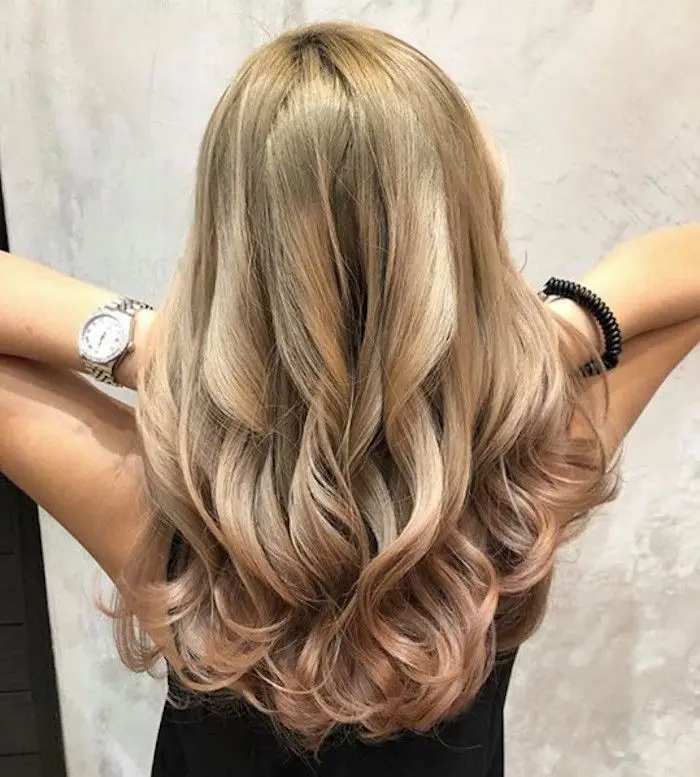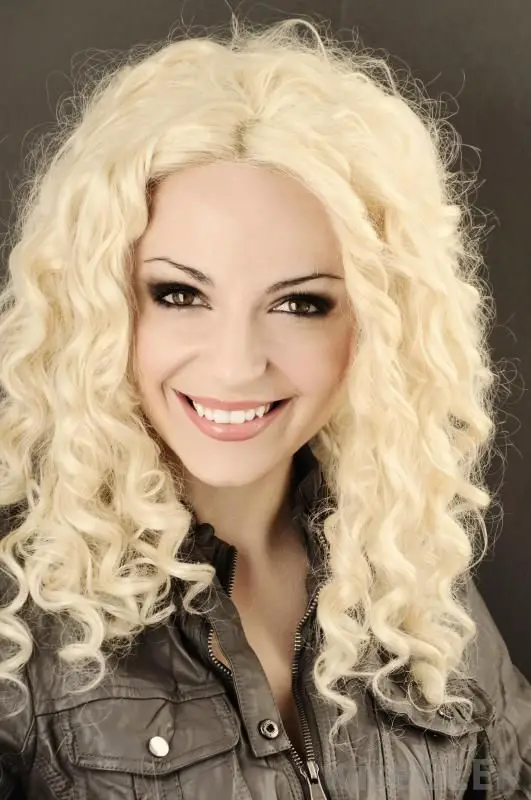Perming is a great way to update or change your hairstyle, giving you a new look that can last for months. But with so many different types of perms available, it’s important to know what kind you want before committing to the procedure.
This guide will provide an overview of the different types of perms out there and help you decide which one best suits your needs and desired look. It will also discuss key factors such as cost, duration, possible color treatments and general hair care tips for maintaining your perm.
Read on to learn all about the different types of perms!
What is a Perm?
A perm is a chemical treatment designed to restructure the natural curl pattern of your hair. It can add body and texture, making even the most limp locks appear full and bouncy. Perms last for several months and can be used to create curls, waves or other shapes in the hair.
How is a Perm Done?
The process begins with an analysis of your hair type, texture and desired outcome from the perm. Your stylist will then apply a custom solution to break down the inner structure of the hair strands before wrapping them around small rods or curlers. This creates tension that helps shape the curl pattern you desire when it’s set in place by heat or cold air. Once completed, your stylist will apply a neutralizing solution to stabilize the curl and make sure it holds.
Hot vs. Cold Perms
Perms can be done using either hot or cold methods, depending on your desired style and hair type. Hot perms use heated rods to create curls that are more defined and longer lasting. Cold perms involve wrapping the hair around chilled rollers, which is gentler but yields a looser wave with less hold.
What Are The Different Types of Perms?
There are several types of perms available, each offering different benefits and results:
1. Body Wave Perm
Creates soft, flowing waves that are great for adding volume. Can be done on all hair types and lengths.
2. Spot or Partial Perm
Not as common as other types, but can be used to perm only certain strands in the hair or just parts of the head.
3. Beach Wave Perm
Creates loose waves reminiscent of beachy styles with an effortless, tousled look. Best suited for short to medium-length hair.
4. Digital Perm
Uses a hot roller to create loose curls or waves with plenty of movement. Best suited for medium-to-long length hair.
5. Multi-Textured Perm
Combines several different techniques to create a multi-dimensional look that’s full of texture and movement. A great option for all hair types!
6. Pin Curl Perm
Creates tight, uniform curls that look like they were made by pinning the hair. Works best on short or shoulder-length hair.
7. Root Perm
Focuses on just the roots of the hair, adding volume and lift only at the crown. Works well on all lengths of straight or wavy hair.
8. Spiral Perm
Creates tight coils with lots of body and texture for a bold look. Best suited for medium-to-long length hair.
9. Stack Perm
Used to create a layered style with varying curl sizes and lots of body. All hair types can benefit from this type of perm, but it works best with shorter locks.
10. Straight Perm
This type of perm uses a mild solution to temporarily straighten the hair while adding light waves and body. Suitable for all hair types, but works best on naturally wavy or curly hair.
11. Volumizing Perm
Creates bouncy curls that add natural volume and body without the need for products. Works best on medium-length hair.
Knowing which type of perm is right for you is key to achieving the desired results, so don’t hesitate to speak with your stylist about any questions you may have before getting one. Additionally, it’s important to keep in mind that perms require regular maintenance and treatments in order to stay looking their best!
Your Perm Questions, Answered!
What type of perm should you get?
The type of perm you should get depends on the desired outcome, your hair type and texture. Speak with your stylist to determine which one is best for you.
How long does a perm last?
Perms typically last anywhere from 6-8 weeks, although the exact length of time may vary depending on the type of perm and how well you maintain it. To prolong the lifespan of your perm, use styling products specifically designed for permed hair and avoid washing or brushing it too often. Additionally, regular trims can help keep curls looking fresh and healthy.
Is getting a perm bad for your hair?
Getting a perm isn’t necessarily bad for your hair as long as it’s done correctly by a professional stylist. However, if not properly cared for, perms can cause damage to the hair due to chemical treatments or excessive heat exposure.
How much does a perm cost?
The cost of a perm will vary depending on the type and salon, but typically ranges from $50-$200. It’s important to note that most salons also charge extra for aftercare products such as shampoos and conditioners specifically made for permed hair.
Can you perm colored hair?
Yes, you can perm colored hair as long as the dye used is semi-permanent or permanent. However, it’s important to consult with your stylist first to ensure that the chemicals won’t react in a negative way with each other.
Can you dye your hair after getting a perm?
Yes, you can dye your hair after getting a perm. It’s recommended to wait at least 48 hours before applying any color so that the chemicals from the perm have time to settle.
Which perm lasts the longest?
Digital perms typically last the longest and provide more defined curls than other types of perms.
Do perms wash out or grow out?
Perms will eventually fade over time but will not wash out completely. In order to maintain your curls, you’ll need to get regular touch-ups or opt for a longer lasting perm such as digital perms.
How do you sleep with permed hair?
To protect your curls while sleeping, it’s important to style your permed hair in loose braids or top knots to avoid tangling or breakage. Additionally, use a silk pillowcase and wrap your head in a scarf to keep the curls intact throughout the night.
How many times can I perm my hair?
It’s usually best not to perm the same section of the hair more than once every six months as over-processing can lead to damage and unwanted frizz. If possible, alternate between a perm and an at-home treatment such as a deep conditioning mask or hot oil treatment to keep your hair healthy.
Wrapping Up!
In conclusion, perms can be a great way to switch up your look and add texture to your hair. However, it’s important to speak with a stylist beforehand to determine which type of perm is best for you and your hair type. Additionally, proper maintenance and regular treatments are key to keeping curls looking their best! With the right care, you can enjoy long-lasting, beautiful waves.











